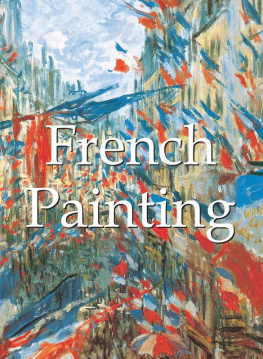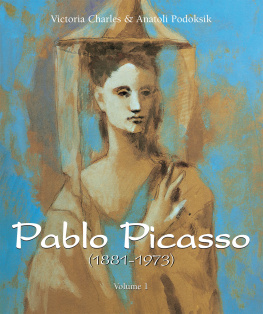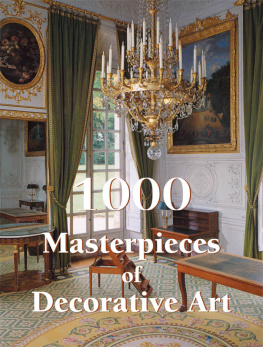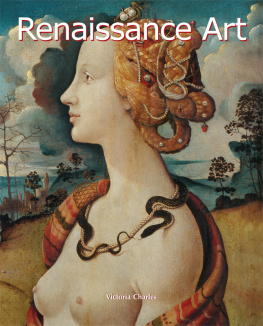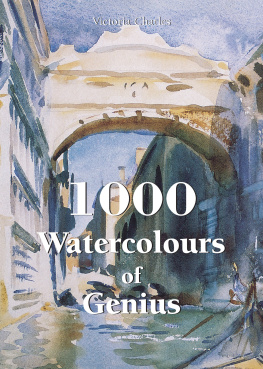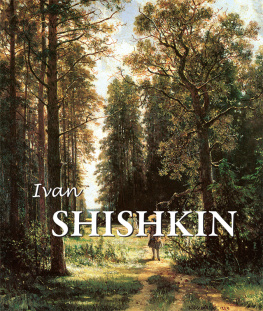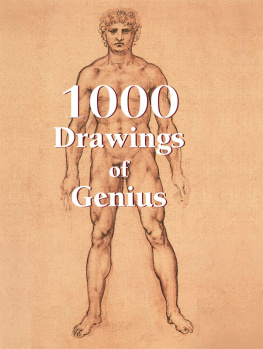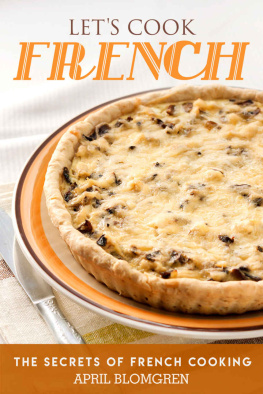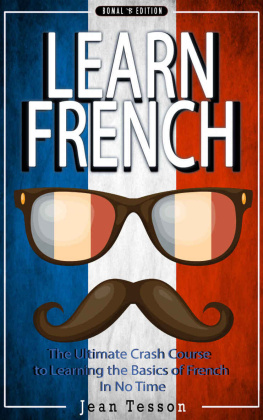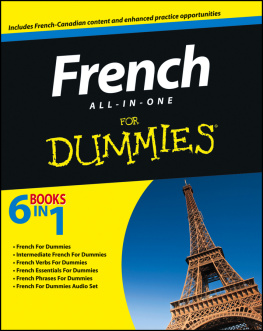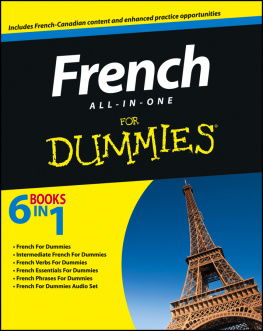Layout:
Baseline Co Ltd,
61A-63A Vo Van Tan Street
th floor
District 3, Ho Chi Minh City
Vietnam
Parkstone Press International, New York, USA
Confidential Concepts, worldwide, USA
Balthasar Balthus Estate, Artists Rights Society, New York, USA / ADAGP, Paris
Pierre Bonnard Estate, Artists Rights Society, New York, USA / ADAGP, Paris
Georges Braque Estate, Artists Rights Society, New York, USA / ADAGP, Paris
Bernard Buffet Estate, Artists Rights Society, New York, USA / ADAGP, Paris
Maurice Denis Estate, Artists Rights Society, New York, USA / ADAGP, Paris
Andr Derain Estate, Artists Rights Society, New York, USA / ADAGP, Paris
Marcel Duchamp Estate, Artists Rights Society, New York, USA / ADAGP, Paris
Raoul Dufy Estate, Artists Rights Society, New York, USA / ADAGP, Paris
Jean-Louis Forain Estate, Artists Rights Society, New York, USA / ADAGP, Paris
Marie Laurencin Estate, Artists Rights Society, New York, USA / ADAGP, Paris
Fernand Lger Estate, Artists Rights Society, New York, USA / ADAGP, Paris
Albert Marquet Estate, Artists Rights Society, New York, USA / ADAGP, Paris
Henri Matisse, Les Hritiers Matisse, Artists Rights Society, New York, USA / ADAGP, Paris
Francis Picabia Estate, Artists Rights Society, New York, USA / ADAGP, Paris
Georges Rouault Estate, Artists Rights Society, New York, USA / ADAGP, Paris
Paul Signac Estate, Artists Rights Society, New York, USA / ADAGP, Paris
Edouard Vuillard Estate, Artists Rights Society, New York, USA / ADAGP, Paris
All rights reserved. No part of this book may be reproduced or adapted without the permission of the copyright holder, throughout the world. Unless otherwise specified, copyright on the works reproduced lies with the respective photographers. Despite intensive research, it has not always been possible to establish copyright ownership. Where this is the case, we would appreciate notification.
ISBN 10: 978-1-78160-849-4
There isnt a single person or landscape or subject which doesnt possess some interest, although it may not be immediately apparent. When a painter discovers this hidden treasure, other people are immediately struck by its beauty.
Pierre-Auguste Renoir
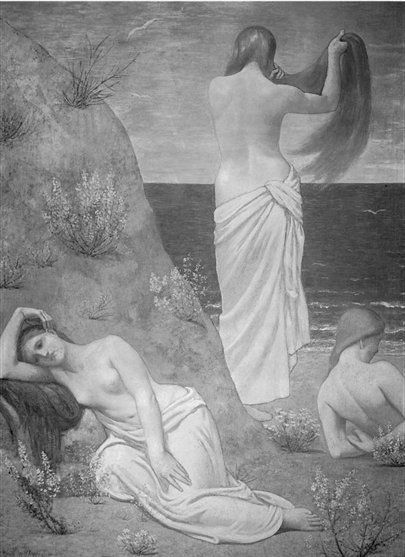
Young Girls on the Edge of the Sea
Pierre Puvis de Chavannes,
1879
Oil on canvas, 205 x 154.3 cm, Muse dOrsay, Paris
Table of contents
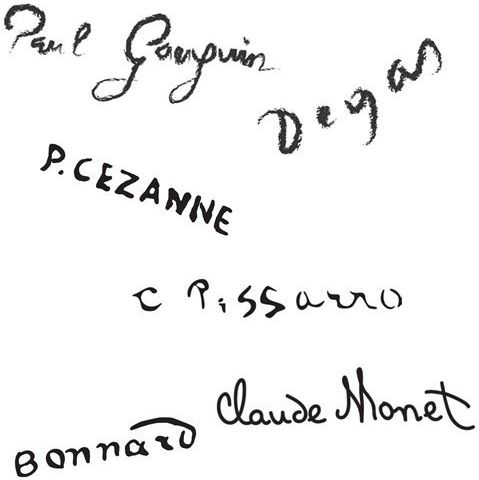
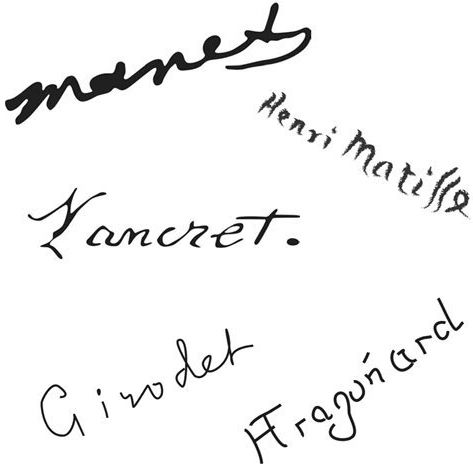

| Beneath the Banner of Faith There is a certain logic in the fact that the earliest works of French painting are scattered around the world. A long historical pause ended only towards the beginning of the seventeenth century. The large format, strongly constructed, powerfully-modelled compositions of the Caravaggist le Valentin open up a broad vista into a century which was again destined to make French genius celebrated. Like Caravaggio, le Valentin was inclined to treat sacred subjects in a specific, naturalistic spirit, as if seeking to persuade the viewer of the factual authenticity of what was shown taking place. |
Virgin and Child surrounded by Angels
Jean Fouquet, c.1450 Oil on panel, 91 x 81 cm Royal Museum of Fine Arts, Antwerp |
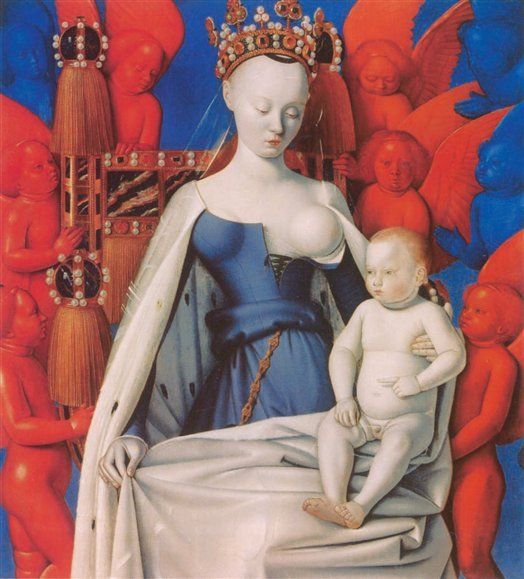

| Of course, this naturalism with its forced chiaroscuro is rhetorical in nature and thus differs in principle from similar tendencies of later times (in nineteenth-century painting, for example). The struggle between light and shade in le Valentins Denial of St Peter is undoubtedly something more than an effective painters technique for modelling form. Together with the eloquent gesticulation, this chiaroscuro serves to bring out the inner meaning of the subject: light and shade vie with each other like faith and fear in the mind of the apostle. The man who was destined to give true expression to French artistic genius was a native of the provinces - Nicolas Poussin, from a small place in Normandy. |
The Denial of St Peter
Valentin de Boulogne, called Le Valentin early 17th C Oil on canvas, 119 x 172 cm Pushkin Museum of Fine Arts, Moscow |
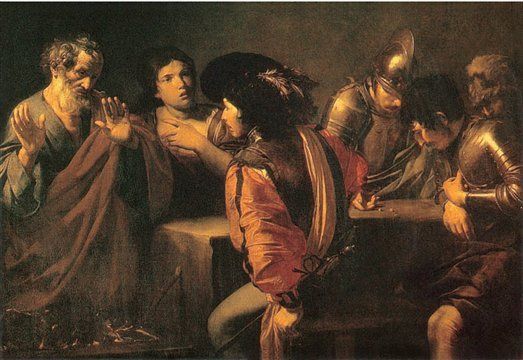

| His climb to the summit of art was a very difficult one, but the heights he attained were unreachable for any of his noted contem-poraries, be it Simon Vouet, Philippe de Champaigne, Sbastian Bourdon, Eustache Le Sueur or Charles le Brun. Exceptionally receptive to anything that might enrich his experience, Poussins work was undoubtedly more than the sum total of the influences on him. But his statement that he neglected nothing on the way to perfection should be taken literally. In scholarly works today one finds it persistently repeated that Poussin did not reproduce the old, but created an independent artistic system. |
The Crucifixion
Charles Le Brun, 1637 Oil on panel, 52 x 41 cm Pushkin Museum of Fine Arts, Moscow |
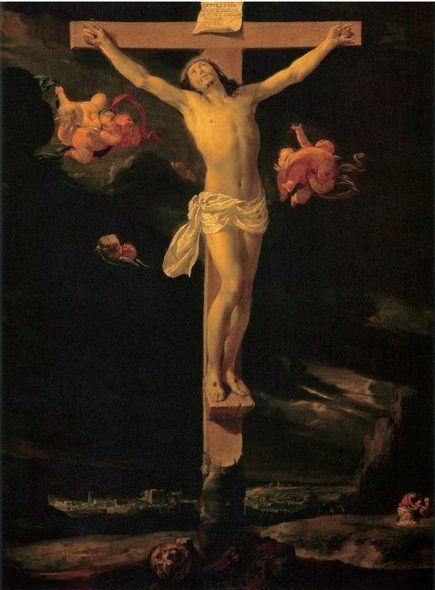

| The Scriptures were one of Poussins chief sources of inspiration. In resurrecting scenes from the Old Testament and Christian history, he managed to endow them with a spirit of the truly ideal. Under his brush they exude majesty and nobility. In this sense Poussin, like no one else, understood, appreciated and took in the achievements of ancient art. He passed through quite a few stages on his way to attaining his lofty style. The relatively late masterpiece is frequently underestimated, chiefly because its rhythmic structure is reduced to a somewhat abstracted combination of local colours. |
Magdalene of the Night Light
Georges de La Tour, 1642-1644 Oil on canvas, 128 x 94 cm Muse du Louvre, Paris |
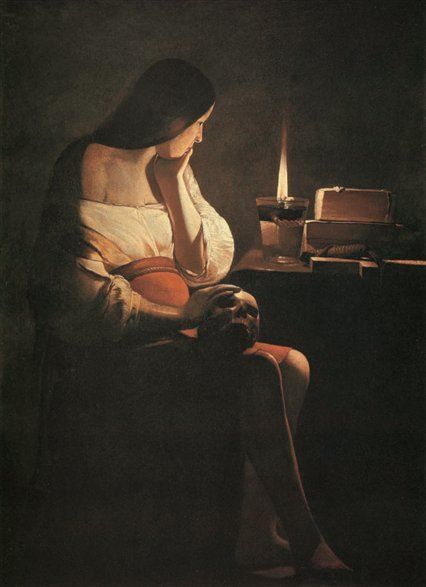
Next page
